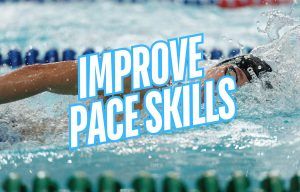
How to Improve Your Pacing Skills
Looking to up your pacing skills in the pool? Here are some actionable pacing tips and tools to help you master pace and your performance on race day.
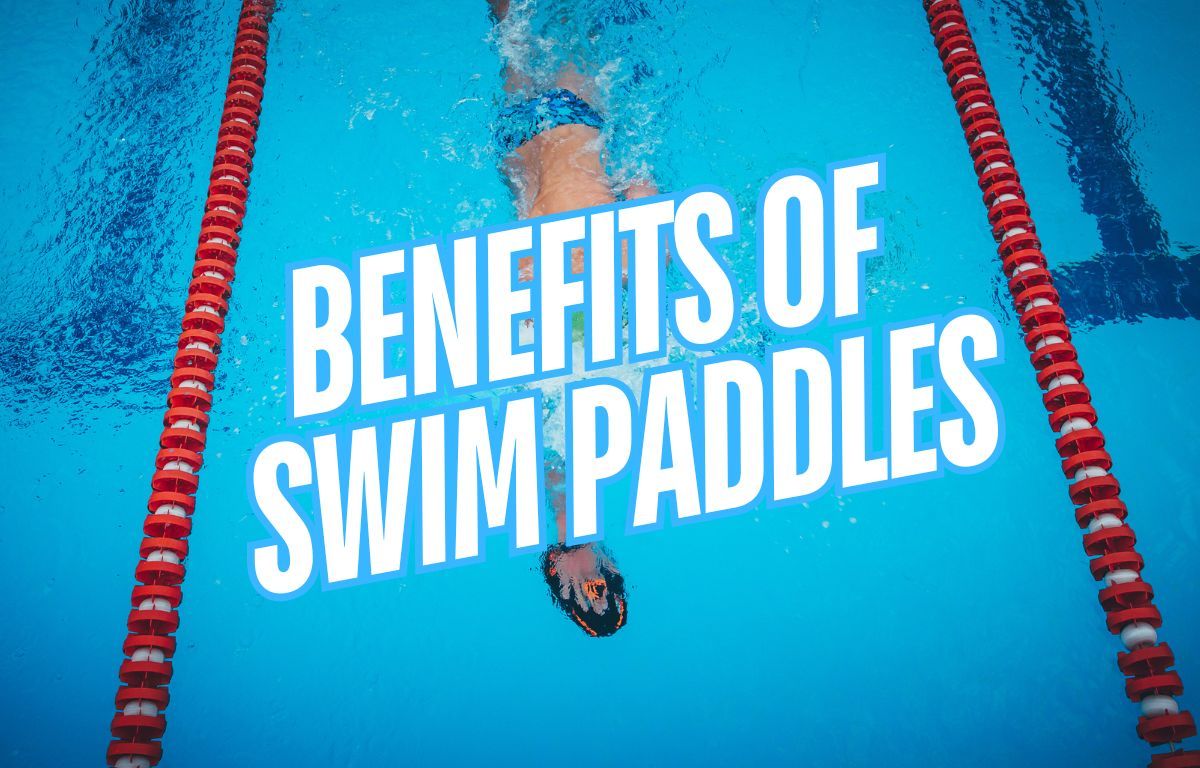
Using swim paddles can help you do a ton of different things in the water. Here is a look at the seven benefits of using paddles at swim practice.
Swim paddles are one of the most popular ways for swimmers to increase power and upper body endurance in the water.
More importantly, it’s done in a swim-specific way that transfers directly to the pool. Being strong in the water and being strong on land are two different things. I’ve got plenty of friends who can bench press a ton of weight but can only swim a couple of laps of the pool before their shoulders give out.
But a set of kick-butt swim paddles are more than just strength development. (Although that is plenty useful on its own!) They are also an excellent tool for a cleaner, smoother swimming stroke, can help you troubleshoot technique issues, and are awesome for sculling, drills, and other technique-focused swimming.
In this article, we will look at the reasons to incorporate swim paddles into your training. By the end, any confusion about whether you should train with swim paddles will be more clear than a freshly chlorinated pool.
Let’s dive in.
The benefits of training with swim paddles include:
Next, we will look at each benefit in more detail and also offer some ideas for how swimmers can smartly add paddles to their daily swimming workouts for maximum improvement.
The added surface area of a swim paddle exaggerates the movement of the pull. You can see firsthand how the paddle directs the water down or backward when instigating the pull. This is especially the case with the much-vaunted high elbow catch.
One of the most common mistakes swimmers make when doing freestyle is keeping the arm straight for too long as the pulling motion begins. Paddles reinforce an early vertical forearm.
A study with 31 NCAA division I swimmers analyzed their freestyle technique for common errors. Guess which technique mistake led the pack? A dropped elbow during the catch and pull-through phase.
The increased surface area of the paddles promote better “self-organization” of the hand, forearm, and shoulder when swimming, leading to a higher elbow and even better, faster swimming.
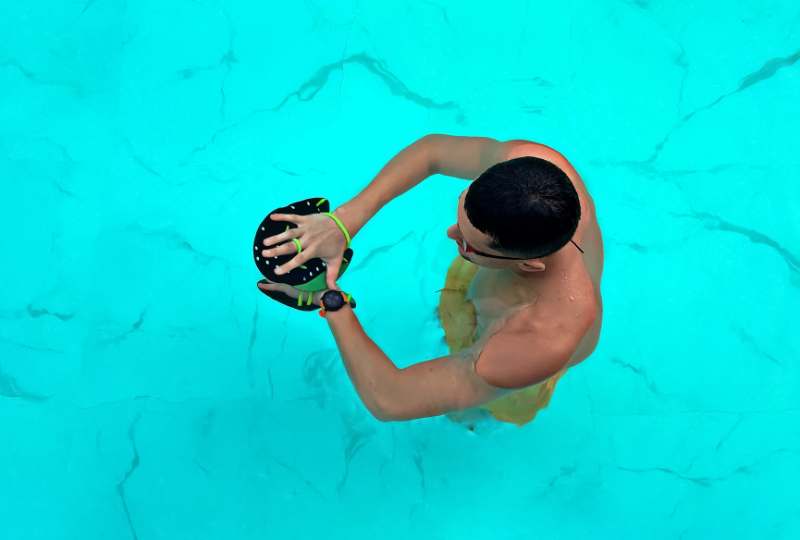
Okay, back to the whole strength thing. Paddles are actually a super versatile way to increase power in the water and build a stronger pull.
One of my favorite sets, back in the pre-Covid days when I was swimming lots, was using paddles with a drag parachute. Or paddles with DragSox. Repetitions of 15m to 25m with lots of rest at full intensity with plenty of rest.
The added surface area of the paddles worked the shoulders harder than without, and the resistance from the chute or DragSox increased the force required to propel myself across the pool.
This is peak power development (provided you are doing it for short durations and allowing plenty of rest for maximal effort and power) and paddles are just one of the resisted swimming tools that we can use in the water to get faster.
Like training fins, swim paddles increase your overall speed in the water. It’s when we are going faster than what’s typical that we begin to really understand the importance of good body position and an efficient stroke.
Paddles show you how your body needs to be positioned in order to swim at the next level of speed.
Plenty of research has shown that swim paddles increase distance per stroke (don’t really need a study to confirm it, but that’s where we are) and speed, making them an excellent tool for unleashing faster swimming.
See also: How Do Swim Fins and Paddles Change Swim Technique?
Why is a balanced stroke important? Well, for starters, it helps to reduce muscle imbalances in the upper body.
By developing a stroke that has “propulsive continuity” you can reduce the amount of muscle imbalances in the upper body.
A study published in the Journal of Human Kinetics, titled ” Shoulder Muscle Imbalance as a Risk for Shoulder Injury in Elite Adolescent Swimmers: A Prospective Study,” showed a significant correlation between shoulder injuries suffered by swimmers and muscle strength imbalances in the shoulder.
While I certainly don’t recommend paddle use with existing shoulder injuries, paddle use (particularly when combined with chutes or other resistance tools) can reduce the hitch or gallop in the stroke that leads to an asymmetrical stroke and muscle imbalances.
A study published in the Journal of Sports Science titled “Effect of hand paddles and parachute on backstroke coordination and stroke parameters,” showed that paddle and chute use for short durations led to a more balanced arm stroke movement in a group of experienced backstrokers.
Using swim paddles can also help you to catch and fix spots in your stroke where there is excess lag or deceleration.
This is called improving your ability to generate “propulsive continuity,” one of my favorite all time phrases. Essentially, what this means is the ability for swimmers to spend more time in the phases of the stroke where they are generating speed, versus time spent in phases where they are not.
A study titled “Effect of hand paddles and parachute on the index of coordination of competitive crawl-strokers” had swimmers perform in-the-water resistance training with swim paddles and a parachute.
When they used a chute and paddles, swimmers tended to spend more time in those precious propulsive phases.
We all have parts or phases in our stroke where we aren’t being as propulsive as we’d like; paddles can help you catch those dead spots and speed them up.
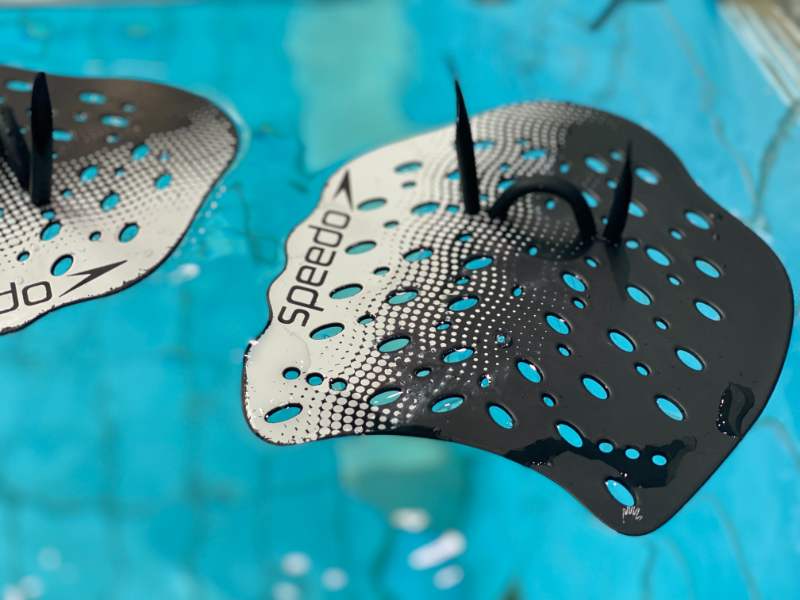
Swimming can be boring. I can admit that. Even though going to the pool is usually the best part of my day, there are moments when my stroke feels like hot garbage or I am simply bored with the workout.
Paddles are a new stimulus that you can inject into the session to mix things up and keep you mentally fresh and engaged.
One of the fun features of swim paddles—the FINIS Agility Paddles immediately come to mind—is that they really reinforce a clean hand entry.
Especially if you use just the middle finger strap and forego the wrist strap.
The immediate feedback of a hand entry that is not clean—the paddle gets torn sideways or even ripped clean off—is a helpful if not humility-inducing note to clean up the hand entry so that it’s smooth.
Although paddles look simple in function—help me go faster and get stronger!—there are some specialty paddles on the market that can help you address specific goals in the water.
Finger-tip paddles are one example. Designed to really help you work the top of your pull, finger-tip paddles are an excellent tool to sharpen your feel for the water.
Choosing the right swim paddles for your goals in the water is fairly straightforward.
Whether you are looking to build strength, improve technique, or enhance feel for the water, here is a quick look at the best paddles for swimmers.
For power development, upper body strength, and building a stronger pull, opt for a “power” paddle like the Speedo Power Paddles.
Speedo, a brand name most swimmers don’t require an introduction for, makes these popular and durable paddles that are large, with customizable straps, ergonomic, and come in various sizes for optimal fit.
Technique-oriented swimmers looking to sharpen hand entry, evenly apply pressure throughout their stroke, and maximize pulling efficiency should use the FINIS Agility Paddles.
The strapless design is also unique and encourages swimmers to pull the water consistently during the stroke cycle. And because there are no straps, these paddles intelligently solve the occasional issue of straps degrading or outright snapping.
Finger-tip paddles are a specialized type of paddle that cover just the top of the fingers, improving feel for the water, promote a clean, splashless hand entry, and constant force application.
The Arena Finger-Tip Paddles are inexpensive and have two removable straps to help you take your technique to a new and more efficient level.
Hand paddles are an essential for most swimmers and belong in your mesh bag along with your kickboard, fins, pull buoy, swimmer’s snorkel and swim goggles.
Whether it’s fixing technique errors, getting stronger, or unleashing next-level efficiency in the water, hand paddles can help you to become a better swimmer.
Happy swimming!

Olivier Poirier-Leroy Olivier Poirier-Leroy is the founder of YourSwimLog.com. He is an author, former national level swimmer, two-time Olympic Trials qualifier, and swim coach.
✅ Free shipping on Orders over $49
✅ Price Match Guarantee
✅ Best selection of gear for training and competition
✅ Fast and Easy Returns
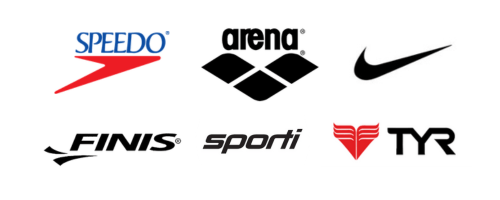
“This is the best book I have ever seen concerning mental training.” — Ray Benecki, Head Coach, The FISH Swim Team


Looking to up your pacing skills in the pool? Here are some actionable pacing tips and tools to help you master pace and your performance on race day.
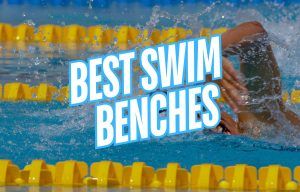
Swim benches are an excellent way to build superhero swim strength and improve technique. Here’s a hands-on review of the best swim benches for faster swimming.
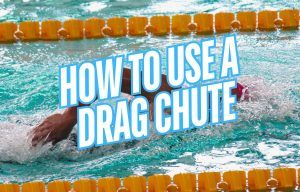
Looking for tips on how to use a drag chute for improved swim performances? Read on for some proven tips, sets, and pointers for training with a chute.
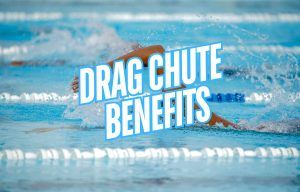
Ready to take your swimming to the next level? Here are seven ways that a drag chute can help you become a better and faster swimmer.
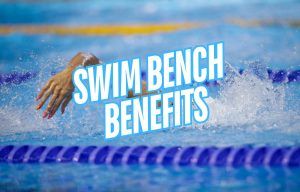
Wondering if a swim bench can help improve your swimming? Here are six benefits of swim benches for better technique, more power, and faster swimming.
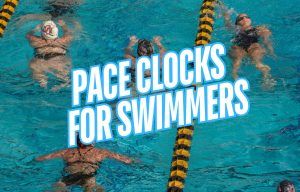
Pace clocks are an indispensable tool for accurate and focused swim training. Here is a look at the best pace clocks for every kind of swimmer and swim team.